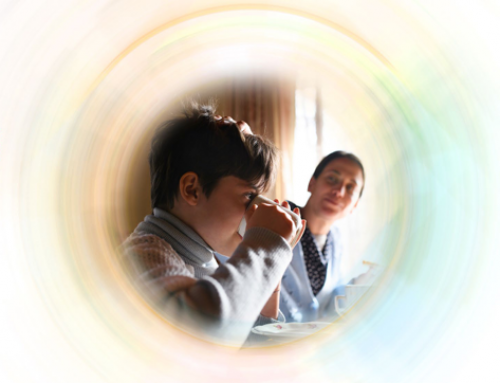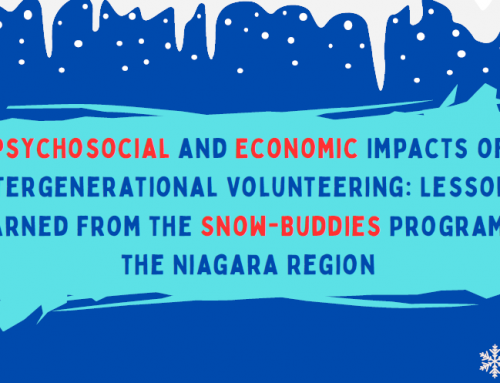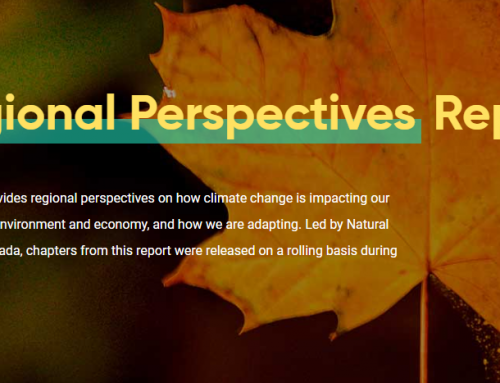Adolescence is a time of great change, for individuals, their families and society. People in this age group are leaving childhood behind as they figure out what it means to be an adult.
In the process, some may engage in what can be considered risky beheviours. “It can be something as typical and benign as asking someone out on a date or befriending somebody new or it could be way on the other end and something that’s very high risk, like committing a crime or experimenting with drugs,” says Elizabeth Shulman, Assistant Professor in the Department of Psychology.
“We define risk as including the frequency of those behaviours and how those behaviours really complicate or interfere with daily functioning,” adds Bill Helmeczi, director of Mental Health Services at Pathstone Mental Health.
Helmeczi and Shulman join the program to explore definitions and examples of “risk-taking behaviour” and discuss the biological, psychological and social factors that contribute to these behaviours.
Encouraging children to be more active and healthy is articulated in the “Health and Wellness in Niagara” section contained within the Living in Niagara 2014: Critical Indicators for Reflecting on Life in Niagara report, produced by Niagara Connects.
In the Consider This podcast series researchers dissect issues and events happening all around us – from the end of our street to the other side of the globe – as a way of exploring how we can move forward in the face of these.
Podcast Series: Consider This – A Podcast Series Where Thoughts and Conversation Come Together
Published By: BrockuResearch in partnership with Niagara Connects; brought to you by the federal government’s Research Support Fund
Date: March 2016
View Understanding Risk-Taking Behaviour in Adolescence Podcast








